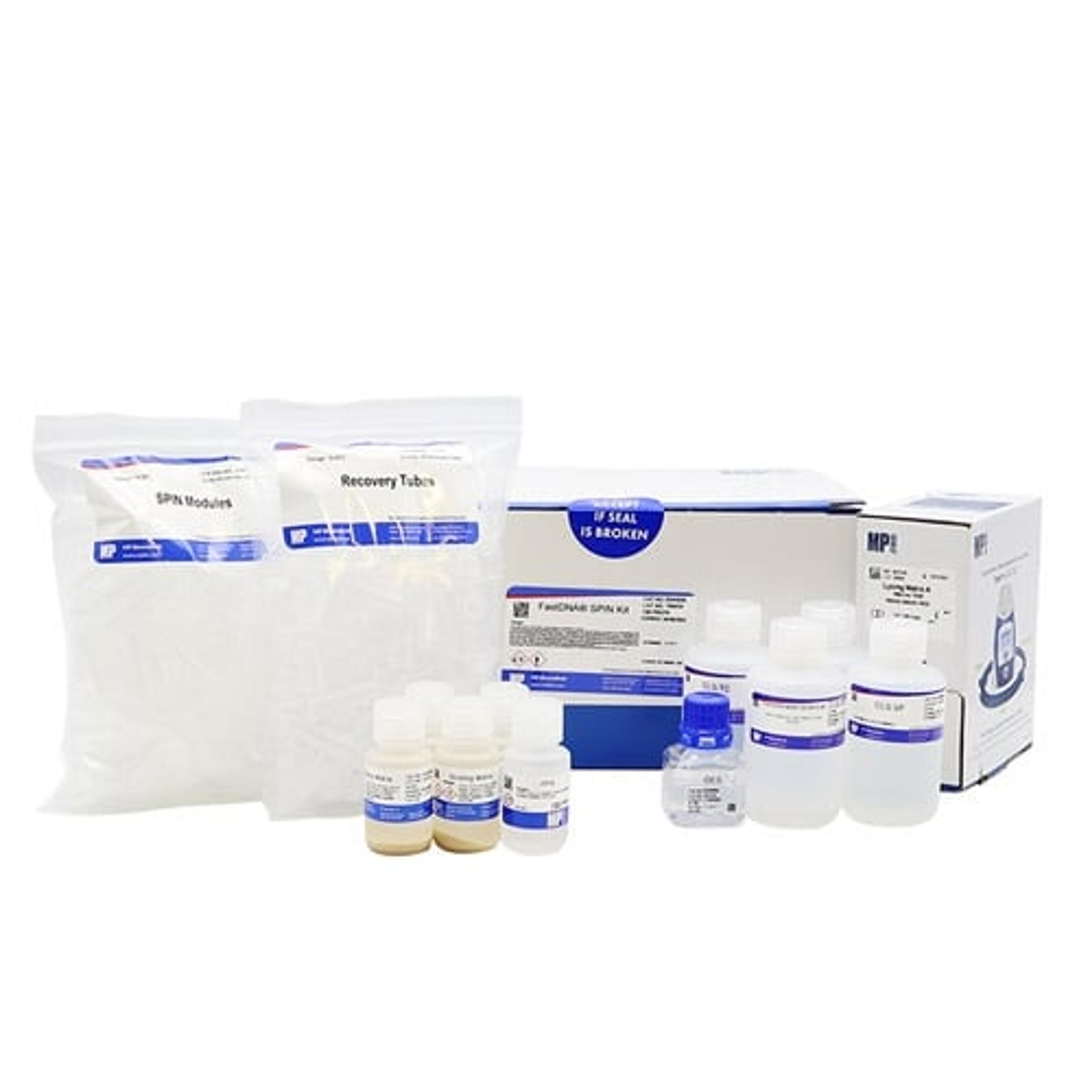Optimize your microbiome research workflow with a gold standard sample prep solution
Join us on Wednesday, June 17, to find out how to optimize sample preparation for a range of complex microbiome samples
8 Jun 2020

Microorganisms dominate the biosphere and carry out the majority of biochemical activity on the planet. Diverse and complex communities of bacteria, archaea, fungi, and viruses inhabit earth’s many environments, from the human body to plants, as well as soil, oceans and even the atmosphere.
These microbiomes maintain the healthy function of the ecosystems they inhabit and their dysfunction is often associated with human disease, crop failure, and environmental disaster. Despite the variety of microorganisms out there, most of them have not yet been identified, and our understanding of the composition and function of microbiomes is still in its infancy. As a result, advancing microbiome research has become a major focus for many life sciences, environmental, and clinical researchers.
In this webinar, MP Biomedicals will explore a series of case studies that illustrate how to optimize sample preparation for a range of complex microbiome samples and will go on to discuss how the FastPrep System and FastDNA SPIN Kit for Soil are designed to enhance these methods.
Register hereKey learning objectives
- Find out how to obtain thorough homogenization and lysis of any microorganism
- Explore case studies of research teams that are optimizing sample preparation techniques for microbiome research and compare more than 10 DNA isolation methods
- Discover how the FastPrep-24 bead beating system provides reproducible results in just a matter of seconds
- See how the FastDNA SPIN Kit for Soil obtains high yields and good DNA quality for downstream metagenomics experiments
- Discover the wide range of specimens successfully processed with the FastPrep System and FastDNA SPIN Kit for Soil
This webinar will run on Wednesday, June 17, at:
- 15:00 BST
- 16:00 CEST
- 07:00 PDT
- 10:00 EDT
Register to watch the full webinar here>>
This webinar is part of the SelectScience Advances in Microbiology Webinar Series >>
SelectScience runs 3-4 webinars a month across various scientific topics, discover more of our upcoming webinars>>


